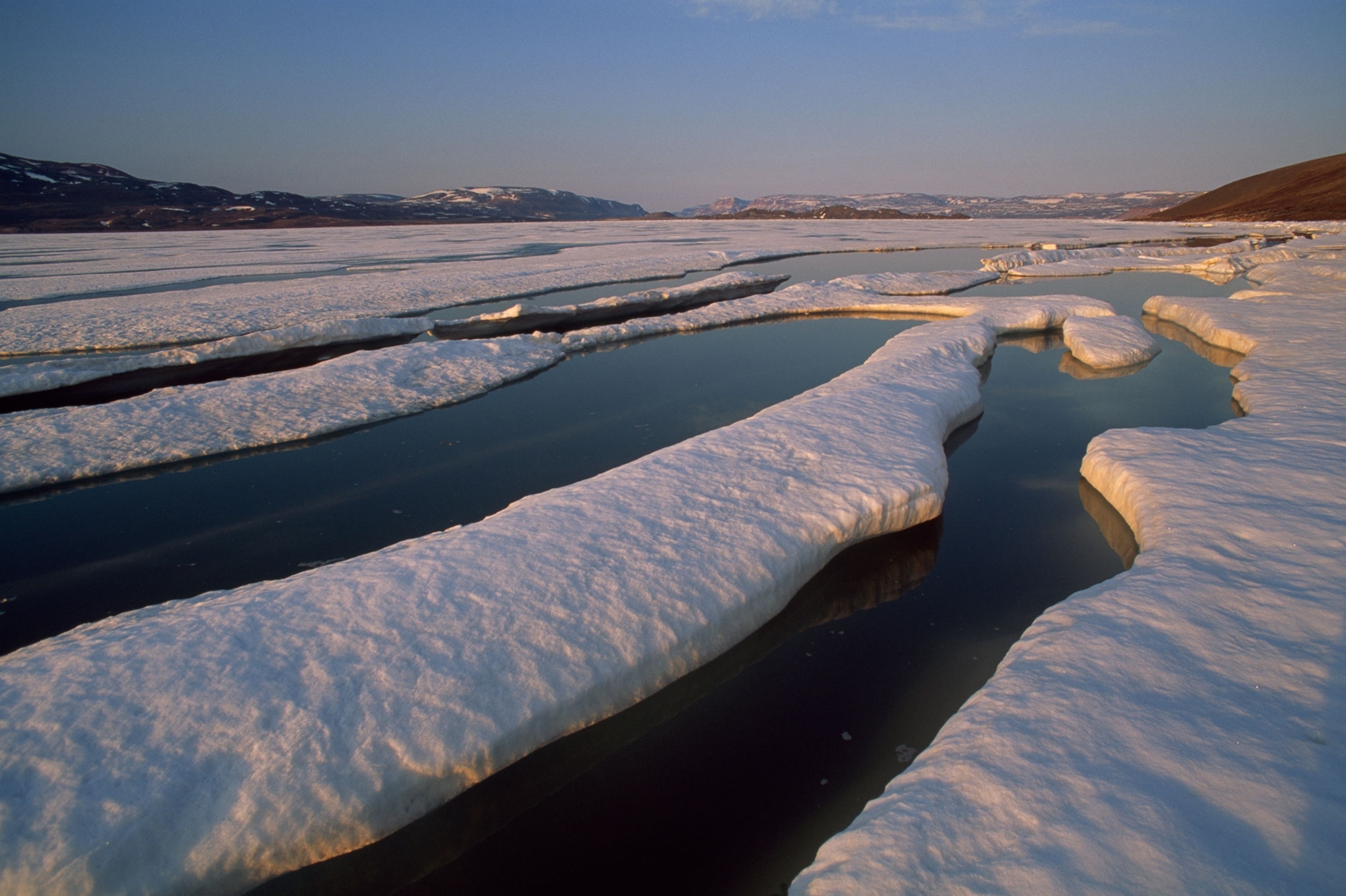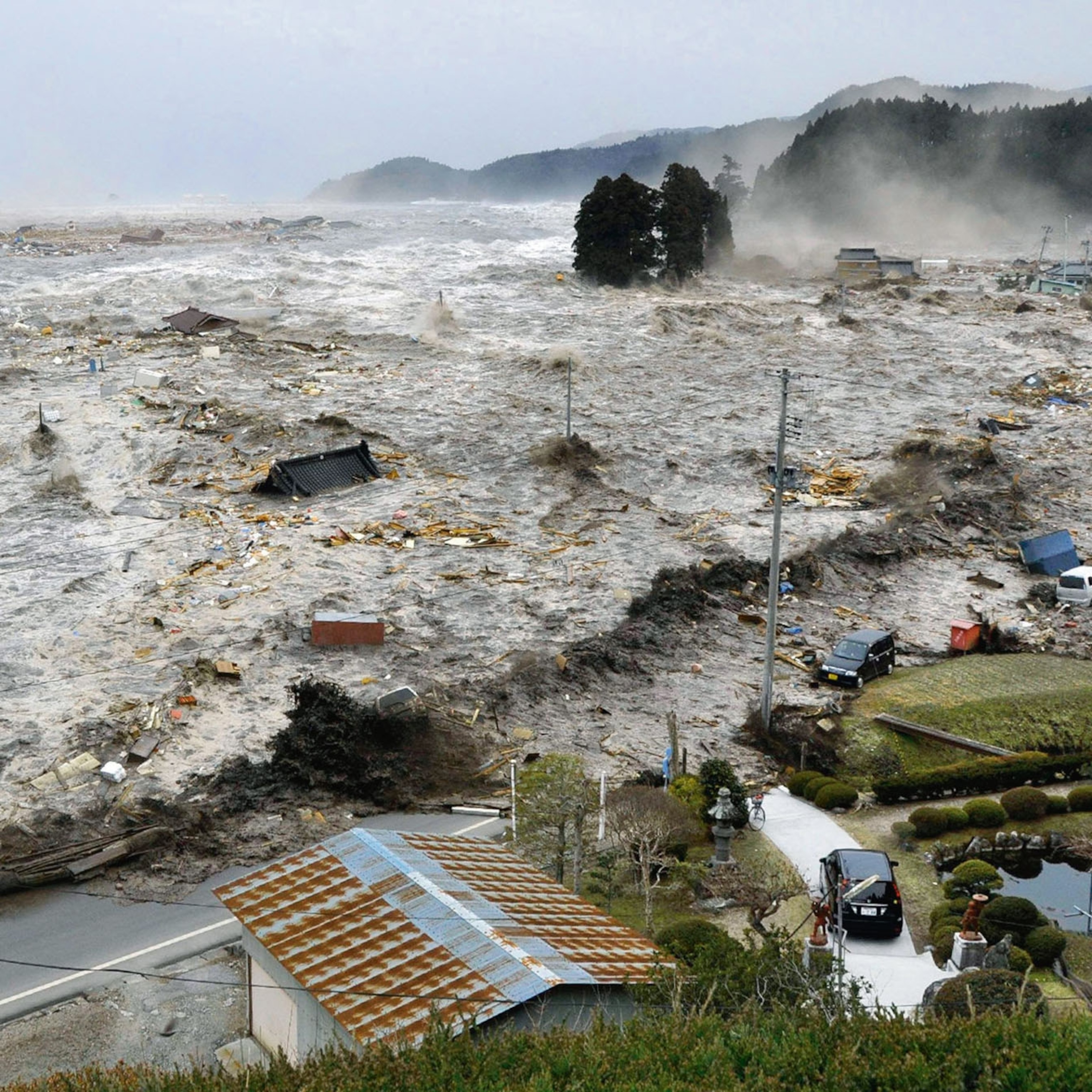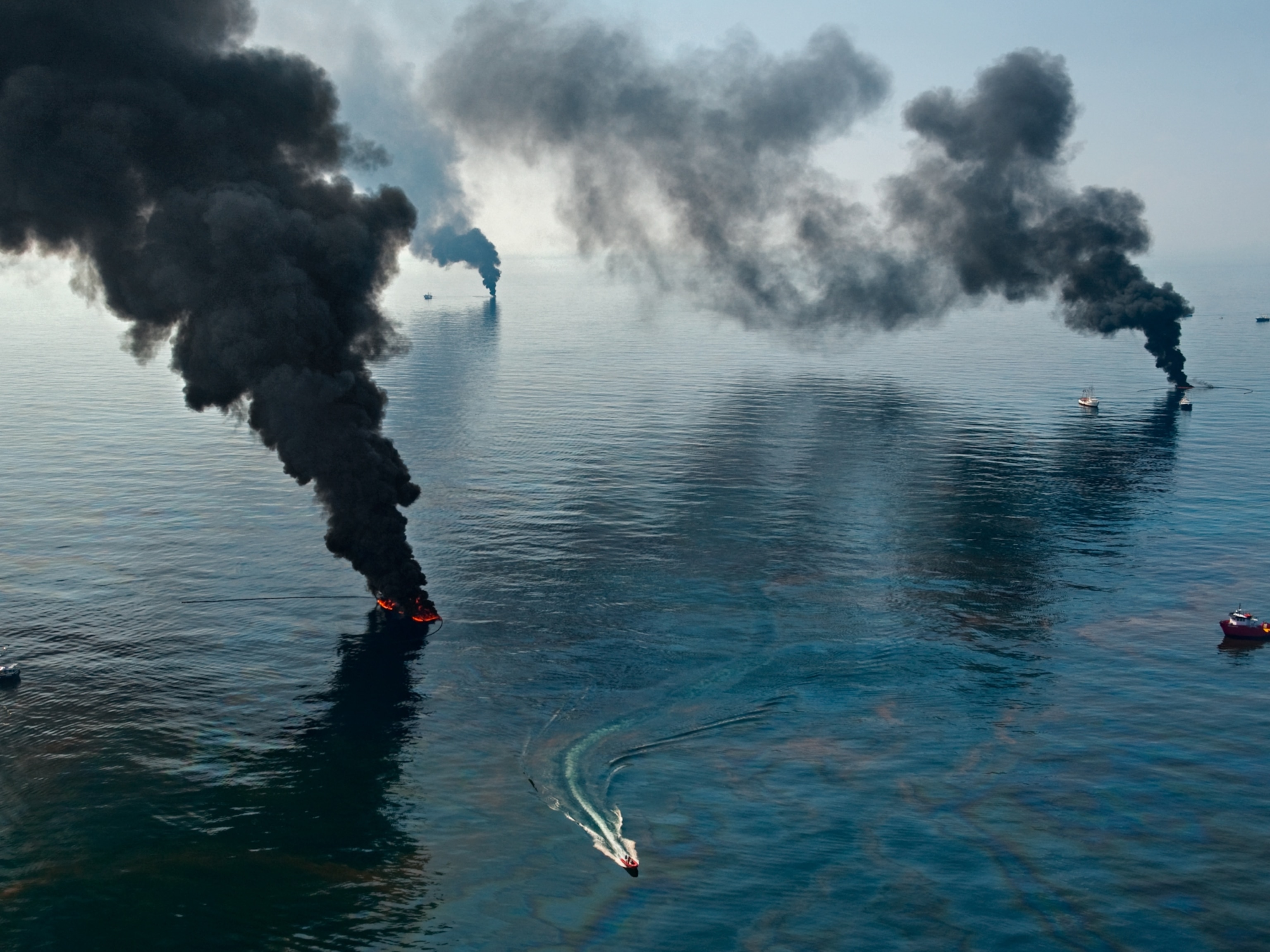
Human Emissions Made Ocean Heat Wave 53 Times More Likely
Three 2016 marine heat waves that killed whales, birds, corals, and shellfish from Australia to Alaska were many times more likely thanks to climate change.
The consequences for Alaska were stark: dozens of whales died, as did thousands of common murres and tufted puffins, while sealife native to the tropics came up in nets pulled from sub-Arctic seas.
But an unusual mass of warm water nicknamed "the blob," which appeared off Alaska and hung around through 2016, didn't occur in isolation. In northern Australia in 2016, high ocean heat bleached hundreds of miles of corals, killed mangroves, and destroyed giant clams. Off New Zealand, an ocean hot spell wiped out black abalone and brought an oyster-killing disease.
Just as atmospheric shifts can bring droughts and nasty heat waves on land, shifts in weather or ocean circulation also can spark deadly marine heat waves, which can thoroughly scramble life at sea. But until recently scientists understood little about what role climate change might play in these extreme sea events.
Now, new first-of-its-kind research is making clear that human emissions of greenhouse gases made the appearance of each patch of hot water many times—in some cases dozens, even hundreds of times—more likely to occur.
"It seems all of the big ones in recent years have a climate change role," says Eric Oliver, an assistant professor of physical oceanography at Dalhousie University, who co-authored a pair of studies examining all three events. The latest was published this month in the Bulletin of the American Meteorological Society.
In fact, while the recent excessive ocean warmth in the Gulf of Alaska and Bering Sea sparked the longest-lived toxic algal bloom on record, shuffled the entire marine world, and likely helped exacerbate a streptococcal outbreak that killed hundreds of sea otters outside Homer, Alaska, scientists struggled while it was happening to say whether rising temperatures from human fossil-fuel burning ultimately contributed at all.
But in reviewing Oliver's research, they called his new assessment "a solid piece of work."
Rising Tide of Ocean Heat Waves
Much as researchers often struggle to say just how much climate change drives any individual hurricane or dry spell, Oliver knew his colleagues faced a similar problem with the suddenly widespread ocean heat waves. At the same time, the events were breaking all kinds of records.
The Tasman Sea heat wave was the longest and most intense ocean warm period for that region since 1900. The northern Australian ocean hot spell caused the most catastrophic and extensive damage to the northern Great Barrier Reef ever measured. And the Alaska event, which saw sea-surface temperatures rise more than 4 degrees Fahrenheit across thousands of square miles of ocean, was entirely new, Chelle Gentemann, a Seattle-based physical geographer, told National Geographic last year. “There's just nothing like it in our historical record,” she says. (The deadly Alaskan heat wave was also the subject of a September 2016 National Geographic magazine story.)
But just like on land, ocean temperatures swing naturally over months or years, as part of the globe's normal variability.
"The atmosphere gets a lot of attention when we talk about global warming," Oliver says. "But something like 93 percent of the heat with climate change is stored in the ocean, so it's not unexpected that we might see increases in ocean heat waves."
But how much did a warming planet contribute in these three cases?
To find out, Oliver and his colleagues used an assortment of temperature records and climate models to explore how possible these events would have been in a world without greenhouse gases—and how that compared to what we saw in 2016. The results were striking.
The Climate Connection
Off Alaska, where sea temperatures tend to vary more widely than they do closer to the equator, it was 7 times more likely that an ocean heat wave would last a year and be so intense as a result of climate change. In northern Australia, the findings were even more dramatic. Scientists projected that climate change made it 53 times more likely that an event would last as long as that one did—224 days.
But it was the eight-month heat wave in the Tasman Sea, a region where previous warm spells usually only lasted 60 to 90 days, that saw the greatest shift. Scientists found that climate change made a hot spell lasting that long 330 times more likely than it would have been without human greenhouse gas emissions.
That event was associated with shifts in westerly winds in the interior South Pacific that slightly altered ocean currents, bringing more warm water. "And it's been argued that these changes are consistent with climate change," says one of Oliver's co-authors, Neil Holbrook, with the University of Tasmania.
The two scientists most familiar with Alaska's blob say the work done by Oliver's team makes sense. By using climate models to compare more "natural" conditions to today's you find "human-caused global warming has substantially increased the risk of seeing large marine heat waves," says Nate Mantua, a landscape ecologist with the National Oceanic and Atmospheric Administration in California. "I think it really is that simple—at least from the global climate modeling perspective."
In fact, Nick Bond, a University of Washington climatologist who gave "the blob" its name, has been using models to try and see how such ocean heat waves might change in coming years. So far, the news isn't great.
"We are finding that events like the recent Alaskan marine heat wave crop up a lot more in future decades in climate model simulations," Bond says. "And, importantly, the more intense ones are way beyond the 2014 to 2016 event."





















